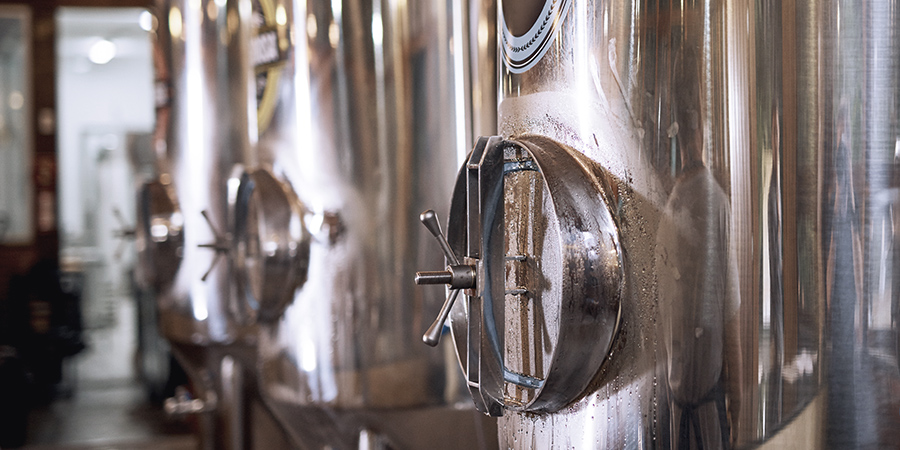The sheer volume of beer production in the U.S. today is staggering. The microbrewery phenomenon has taken every city across the nation by storm, while large-scale brewers continue to revel in one of America’s favorite drinking pastimes. By definition, a “microbrewery” is a facility that produces less than 15,000 barrels of beer per year — the equivalent of 465,000 gallons.
Two principal types of sanitary pumps are typically best for brewers:centrifugal or diaphragm. In either case, the pumps should be constructed with stainless steel and food-grade elastomers for routine cleaning and sanitation purposes.
Centrifugal pumps are perhaps the most common in commercial brewing applications. In this process, the pumped liquid is spun around the liquid housing chamber by a rotating impeller from one port to the other. Diaphragm pumps use positive displacement as the diaphragm material flexes with each pump to move liquid up and out.
The type you choose depends on your process and needs. Sanitary diaphragm pumps are considered a process pump, therefore, can be used for transferring large volumes of beer. Conversely, Drum Pumps are designed for intermittent application such as adding fruit concentrates to the brewing process.
Both options provide a safe way to handle hot wort or provide a cool immersion flow. Even serious home brewers are starting to flock to drum pumps for their ease and convenience.
Breweries are here to stay, micro and macro alike. Between 2012 and 2013, the food and beverage industry witnessed a 13% sales increase and a 17% profit increase, and there are now a record-breaking 4,144 breweries in operation across the country. So next time you raise a glass, be sure to thank a drum pump.




